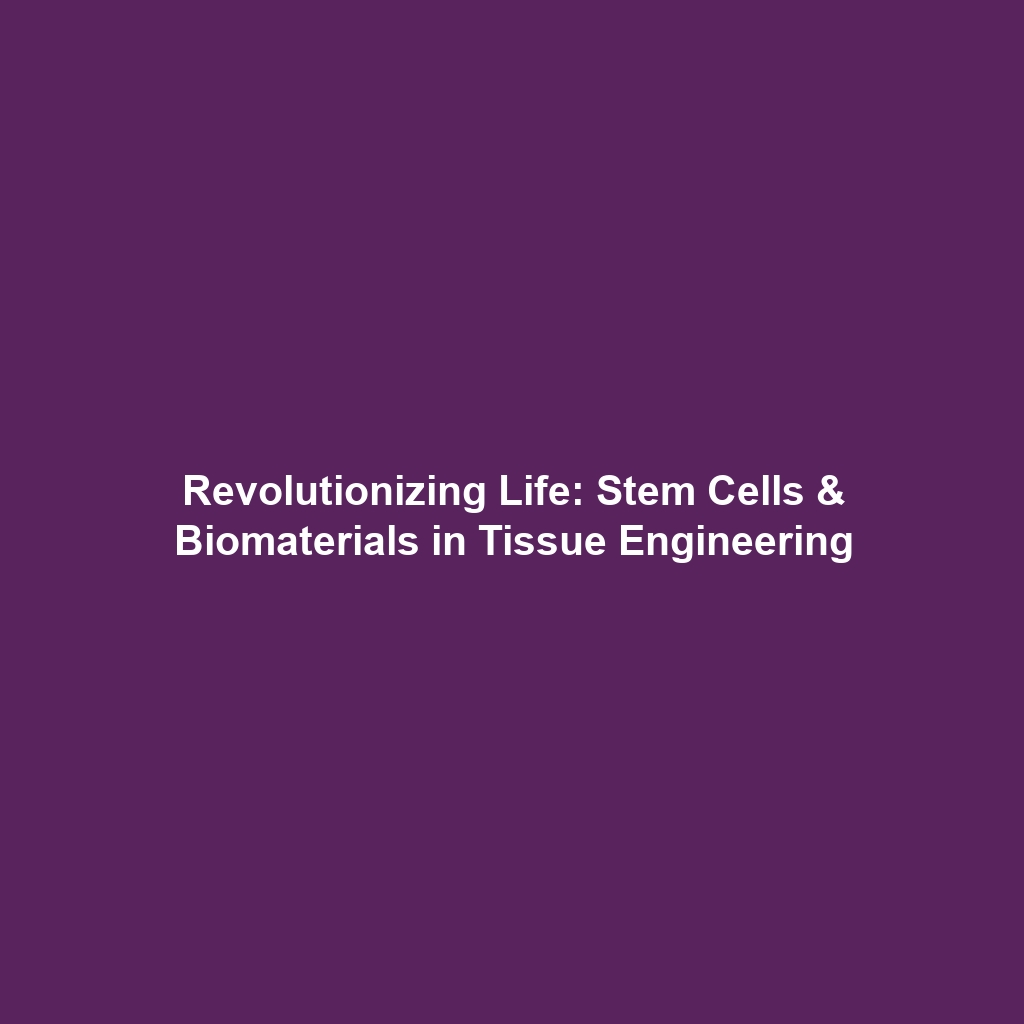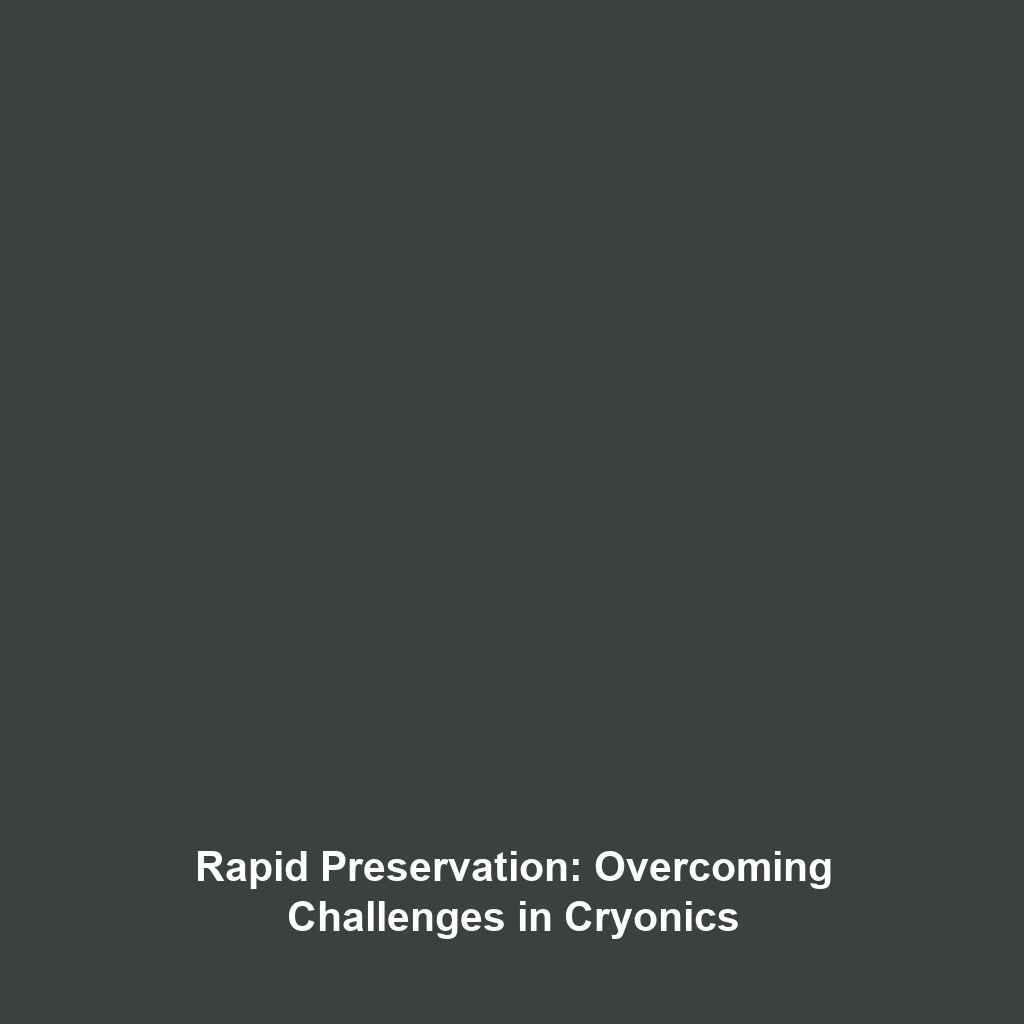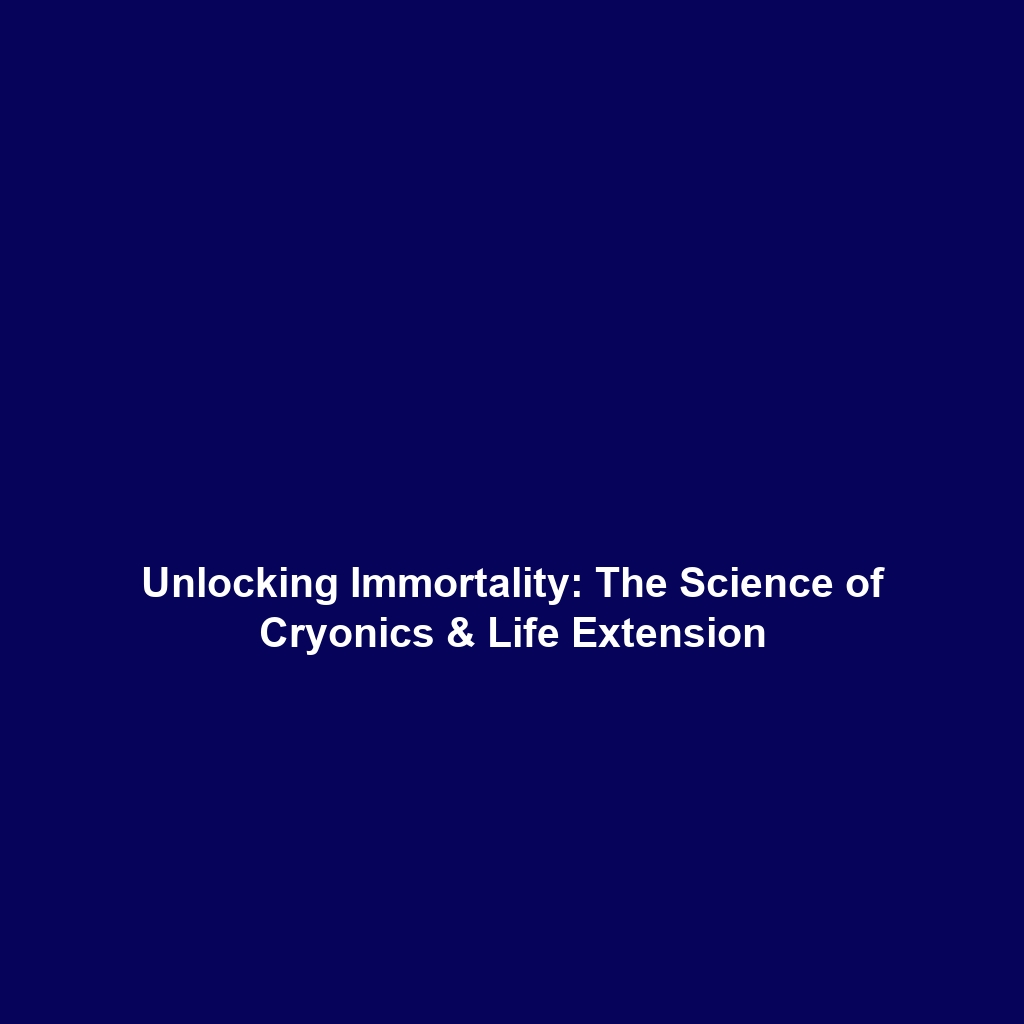Vitrification vs. Freezing: Advancements in Cryonics and Life Extension
In the field of cryonics, the preservation of human bodies under extremely low temperatures is a pivotal subject that raises questions about life extension and the future of medicine. Among the techniques employed, vitrification has emerged as a promising alternative to traditional freezing. Vitrification involves cooling the body to low temperatures without the formation of ice crystals, transforming tissues into a glass-like state. This process is crucial for enhancing the success rates of cryonic preservation and offers significant implications for research in life extension.
Key Concepts
Understanding the major concepts surrounding vitrification and freezing is essential for appreciating their roles in cryonics and life extension. Here are the key principles:
- Definition of Vitrification: Vitrification is a solid-state transition where biological tissues are cooled rapidly enough to avoid crystallization, resulting in a glass-like, amorphous structure. This prevents cellular damage associated with ice formation.
- Contrast with Freezing: Traditional freezing involves gradually lowering temperatures, which can lead to ice crystal formation inside cells, causing ruptures and other types of damage.
- Reversibility Potential: The ultimate goal for cryonics is reversibility. Vitrification is considered a more favorable approach for preserving the integrity of cells, offering a better chance for future revival.
Applications and Real-World Uses
The applications of vitrification extend beyond cryonics, influencing various fields:
- Oocyte and Embryo Preservation: Vitrification is now a standard practice for preserving human eggs and embryos in reproductive medicine, improving success rates in IVF.
- Tissue Engineering: Researchers are exploring vitrification for preserving complex tissue structures for regenerative medicine, paving the way for advancements in transplant technology.
- Neuroscience Research: Vitrified brain tissues create opportunities for studying neurological disorders while maintaining cellular fidelity.
Current Challenges
Despite its advantages, vitrification faces several challenges that need addressing:
- Cost and Accessibility: The technologies and cryoprotectants used in vitrification can be costly, limiting their accessibility for widespread applications.
- Technical Expertise Required: The process requires specialized equipment and trained personnel, making it less feasible in certain regions.
- Long-Term Storage Issues: While vitrified tissues remain stable, there are ongoing questions regarding the long-term stability of these specimens under storage conditions.
Future Research and Innovations
The future of vitrification in cryonics and life extension is promising, with several areas of research on the horizon:
- Improved Cryoprotectant Formulations: Research is underway to develop new cryoprotectants that reduce toxicity while enhancing preservation outcomes.
- Bioprinting and Vitrification: Combining bioprinting technologies with vitrification could revolutionize the production of tissues with specific cellular architectures for regenerative medicine.
- Enhanced Revival Techniques: Innovations in nanotechnology may facilitate improved methods for potential revival processes, aimed at addressing cellular damage during storage.
Conclusion
Vitrification offers a groundbreaking alternative to traditional freezing in the realm of cryonics and life extension, presenting opportunities to preserve biological integrity and enhance future revival possibilities. As research progresses, it is essential for stakeholders in medicine and biotechnology to stay abreast of these developments. For further insights, explore our articles on cryonics technology and advances in life extension.






